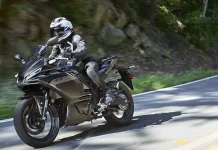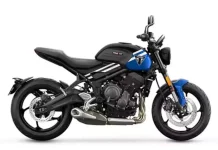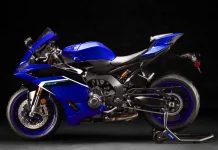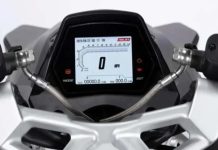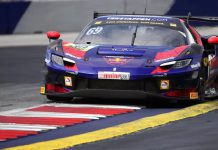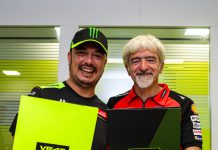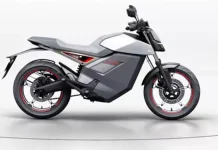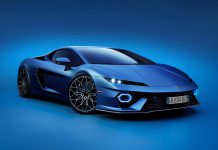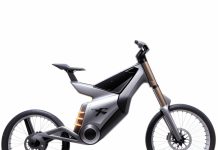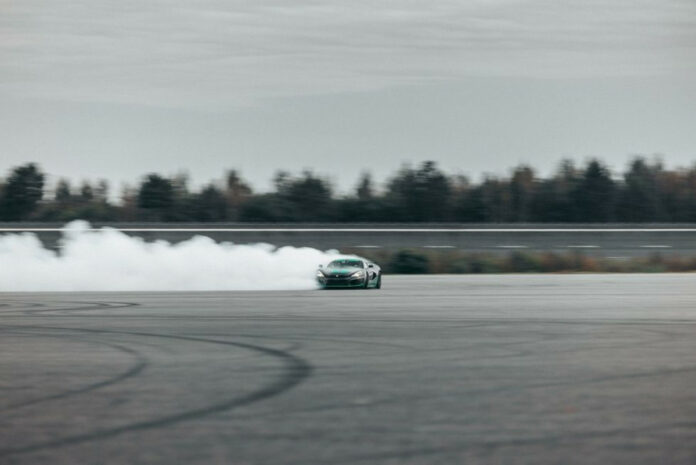Rimac Nevera
In the world of automotive innovation and electric vehicle (EV) technology, Rimac Automobili has established itself as a trailblazer. The company’s recent achievement, led by 22-year-old test driver Goran Drndak, is a testament to its commitment to pushing the boundaries of what’s possible with electric vehicles.
Drndak’s extraordinary accomplishment of reaching a speed of 171.34 miles per hour in reverse in the Rimac Nevera, a four-electric-motor hypercar, not only sets a new Guinness World Record but also redefines the limits of EV performance. This remarkable feat, achieved at the Automotive Testing Papenburg facility in Germany, showcases the innovative spirit and engineering prowess of Rimac.



Electric Vehicle (EV) Technology
This is an impressive achievement by Goran Drndak and the Rimac team. Setting a new Guinness World Record by reaching 171.34 miles per hour in reverse in a Rimac Nevera, which is equipped with four electric motors, is an extraordinary feat. This event significantly surpassed the previous record for driving backwards, set in 2001, by over 70 miles per hour.
Top Key Points
- Goran Drndak set a new Guinness World Record for the fastest speed in reverse, reaching 171.34 mph in a Rimac Nevera.
- Drndak smashed the previous record by more than 70 mph.
- The event was witnessed, verified, and recorded by Guinness World Records.
- Drndak said the run took some getting used to, as he had to face straight out backwards and watch the scenery flash away from him faster and faster.
- Rimac chief program engineer Matija Renić says the team recognized during development that the Nevera could be the world’s fastest car in reverse, but they “kind of laughed it off.”
- The aerodynamics, cooling, and stability hadn’t been engineered for travelling backwards at speed, but the team decided to give it a shot anyway.
- Rimac has carved a niche in record-setting, establishing 23 performance world records in a single day this past May.
- CEO Mate Rimac himself set two Guinness World Records titles with the 1984 BMW 3 Series he converted to an EV back in 2012: the fastest quarter-mile by an electric car and the fastest eighth mile by an electric car.
Speed Record in Reverse
The record-setting attempt took place at the Automotive Testing Papenburg facility in Germany and was meticulously documented and verified by Guinness World Records and Dewesoft, a Slovenian company. Drndak described the experience as challenging, highlighting the unique sensations and careful manoeuvres required to control the vehicle at such high speeds in reverse.
Matija Renić, the chief program engineer for Nevera, explained although the hypercar was not initially designed for high-speed reverse travel, simulations had indicated the potential to exceed 150 mph. The successful attempt thus entered uncharted territory regarding the vehicle’s aerodynamics, cooling, and stability.
Innovation in Automotive Engineering
Rimac’s dedication to pushing the boundaries of electric vehicle performance is evident in their history of setting records. With CEO Mate Rimac himself holding records for the fastest quarter-mile and eighth-mile in an electric car, the company continues to showcase significant advancements in EV technology. This latest achievement with the Nevera further cement Rimac’s status as a leader in high-performance electric vehicles.
Analysis
The remarkable achievement of Goran Drndak and the Rimac team in setting a new Guinness World Record for the fastest speed in reverse (171.34 mph) with the Rimac Nevera provides a multifaceted insight into the evolving landscape of automotive technology and electric vehicles (EVs).
1. Engineering and Technological Breakthroughs: The Rimac Nevera’s performance in this record-setting endeavour underscores the advances in EV technology, particularly in powertrain and battery efficiency. The ability of a four-electric-motor vehicle to attain such high speeds in reverse is indicative of the sophisticated control systems and engineering innovations embedded within modern EVs. This also reflects the adaptability of EVs to challenging and unconventional scenarios, which were previously thought to be outside the scope of electric mobility.
2. Aerodynamics and Vehicle Stability: Typically, cars are designed for forward movement, with aerodynamics optimized for this direction. Achieving high speeds in reverse poses unique challenges, particularly in terms of vehicle stability and cooling systems. This record demonstrates Rimac’s capability to innovate beyond conventional design paradigms, ensuring vehicle stability and safety even under unconventional operational conditions.
3. Rimac’s Market Positioning: This achievement further solidifies Rimac’s position as a leader in the high-performance EV sector. By continuously pushing the boundaries and setting records, Rimac is not only advancing its brand recognition but also asserting its technological superiority in a competitive market. This is crucial in an industry where innovation and breaking barriers are key drivers of brand prestige and consumer interest.
4. Inspiration for Future Developments: The record is a testament to the potential of EVs to surpass traditional performance benchmarks. It may inspire further research and development in the EV sector, encouraging other manufacturers to explore new realms of performance and efficiency. It also illustrates the untapped potential of EVs, suggesting that the capabilities of electric powertrains may still be in their early stages of exploration.
5. Perception of Electric Vehicles: Such achievements play a significant role in changing public perceptions of EVs. They help in dispelling myths about the limitations of electric vehicles, showcasing their capability not just in terms of environmental benefits but also in high-performance scenarios. This could influence consumer attitudes, leading to greater acceptance and adoption of EVs.
The record set by Goran Drndak and the Rimac team is not just a milestone in speed; it is a significant indicator of the advanced state of EV technology, the potential for further innovation, and a shift in the automotive industry towards embracing electric powertrains for high-performance applications.
Conclusion
Rimac’s record-breaking performance in reverse speed is more than just a remarkable statistic; it represents a significant milestone in the evolution of electric vehicles. Goran Drndak’s achievement, under the guidance of Rimac’s expert engineering team, highlights the potential of EV technology to surpass traditional automotive benchmarks.
This event, thoroughly documented and validated by Guinness World Records and Dewesoft, not only adds a new chapter to the history of automotive achievements but also solidifies Rimac’s reputation as a leader in the EV industry. The company’s continued pursuit of excellence and innovation is set to influence the future of electric vehicles, paving the way for new possibilities and inspiring a new generation of EV enthusiasts and engineers.


